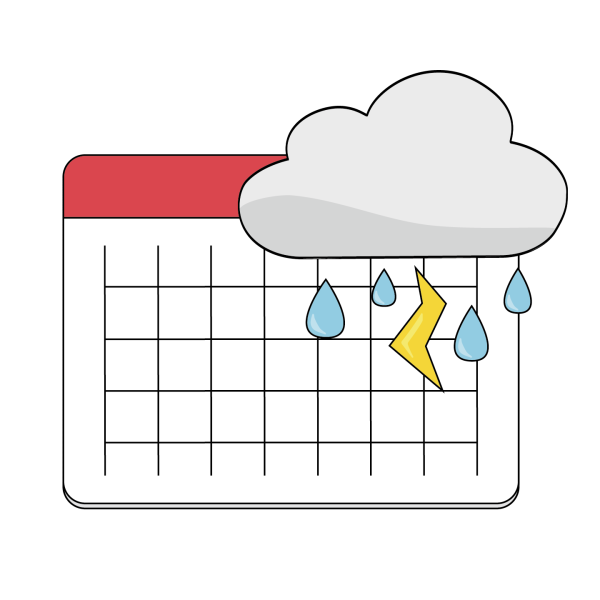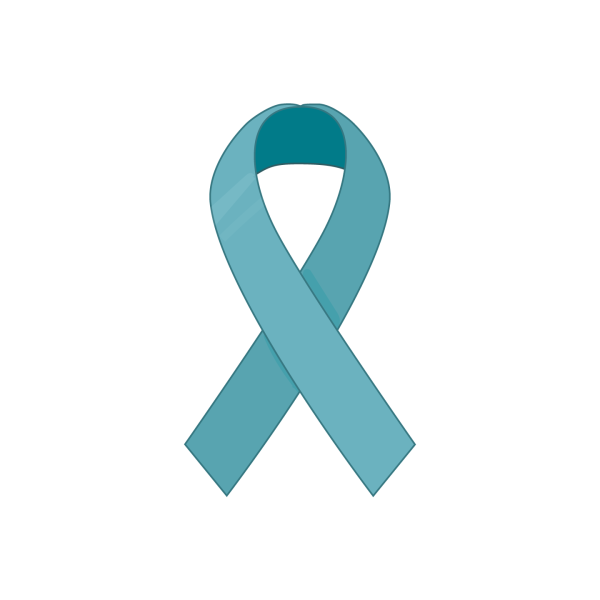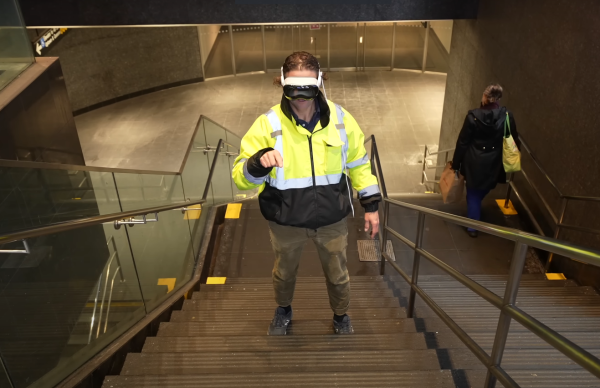Unlocking Consciousness
The Power of Lucid Dreaming
If you have ever had a moment where you have just fallen asleep, yet you were aware of the fact that you were sleeping, you were probably lucid dreaming. Whether it is for a couple of minutes at the beginning of a nap or in the middle of the night after waking up, it is fairly common to have lucid dreams. Lucid dreaming is more than just an intriguing way to dream whatever you wish; it has the powerful potential to alter our consciousness and change our waking behaviors.
Lucid dreaming was first recognized in western culture by Aristotle. In Parva Naturali, Aristotle examines the cognitive neuroscience of sleep.
Aristotle wrote that “often when one is asleep, there is something in consciousness which declares that what then presents itself is but a dream,” indicating knowledge of lucid dreaming in antiquity.
It is likely that lucid dreaming was not only recognized but actually practiced in eastern culture before the time of Aristotle. Buddhists practice “silent illumination,” a nearly exact match of practice to that of lucid dreaming.
When an individual lucid dreams, they develop an awareness of their state of dreaming and can alter the narrative. Essentially, they can choose who the characters are, what happens and most importantly the outcome. The ability to change the outcome of a scenario is key, allowing individuals to potentially access new skills.
Take, for example, lucid dreaming for athletes. In one study, researchers investigated motor practice in lucid dreams and subsequent outcomes in waking life. Athletes were taught how to lucid dream and practiced motor movements during their sleep were then compared to groups who completed mental practice, physical practice and those who did not practice at all. Athletes who used lucid dreaming practice (LDP) experienced improved performance.
“Practice in lucid dreams is effective in improving performance,” according to Tadas Stumbrys, a researcher at the Institute of Sports and Sports Sciences.
This may be for a variety of reasons, all of which have to do with the mental capacity of these athletes. For one, lucid dreaming requires intense focus. Developing the skill to focus translates well into athletic performance. Additionally, practicing motor skills in dreams and experiencing positive outcomes can improve confidence, leading to improved performance. Ultimately, the mental simulation of these motor skills during sleep is neurologically the same as practicing the skills in waking hours – athletes’ brains perceive these practices as the same.
Lucid dreaming might not just be effective for achieving athletic goals, it could be promising in the medical world, as well. As concerns over the growing monopoly of big pharma rise, there is a demand for more alternative methods to treating mental health issues, and more specifically with processing trauma. In most traditional methods of therapy, there is some sort of acceptance of reality or motivation to change the reactions to reality. Cognitive Behavioral Therapy, Acceptance and Commitment Therapy, Dialectical Behavior Therapy and Eye Movement Desensitization, and Reprocessing are all therapies that target the repercussions of events, but not the events themselves. None of these options aim to manipulate reality, because that is impossible, but what if it was?
Alternative therapy options are beginning to crop up that allow us to alter the memories and perception of reality itself. These processes work on varying levels, with some working to fade memories, others changing outcomes and some even erasing memories entirely. If an individual is resistant to both pharmaceutical and traditional methods of therapy, there could be another option: Lucid Dreaming Treatment (LDT). Once lucid dreaming skills are in place, a dreamer has the freedom to choose their dream. This creates an opportunity for cognitive restructuring, an ideal method for coping with trauma.
That funny feeling when a dream, good or bad, sticks with you for days is very real. At times, dreams can be so vivid we become confused with reality. LDT could be the chance to choose to get confused with reality; dreams have the potential to affect waking life. If it is used to revisit trauma and change the outcome, this new memory may come to replace the old one. An individual can gain a sense of power knowing that they have more control over the scenario. Is that what happened at the moment the traumatic event occurred? No, most likely not. However, if we perceive a certain reality, it transforms into our reality.
Because of its ability to indulge learners in the concept of consciousness, lucid dreaming can be compared to psilocybin mushrooms. Their hallucinogenic effects, though, bring along significant risks. Lucid dreaming offers a low-risk alternative that may be the ideal solution to consciousness exploration. Whether we are seeking an awakening of sorts, changes in our waking actions or perhaps a more healing experience, lucid dreaming provides an ideal opportunity to connect with our own consciousness.
Your donation will support the student journalists of Saint Louis University. Your contribution will help us cover our annual website hosting costs.











